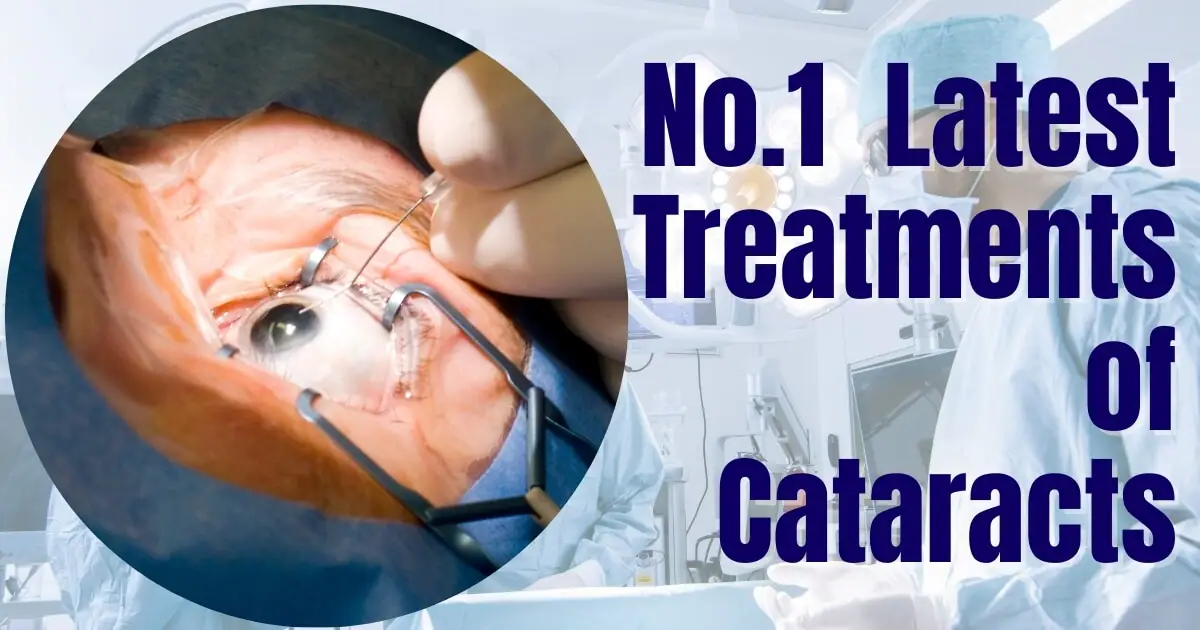Cataract is a common eye condition that affects the eye’s lens and causes cloudy or blurry vision. Several different forms of treatment of cataracts are available depending on the severity and location of the cataract. From simple lifestyle changes to more complex surgical procedures. While some treatments can be done at home, others require professional medical care. Learn about the signs and symptoms, diagnosis process, and potential treatment of cataracts.
What is a Cataract?
A cataract is a clouding of the eye’s lens, leading to blurred vision, difficulty seeing at night, and even blindness if untreated. It can occur naturally with age, or certain medications, diseases such as diabetes, or other underlying medical condition may cause it. It affects both eyes in about half of cases, but one eye may be more affected than the other.
Causes of cataracts: Genetics and environmental factors
Cataracts form when protein builds up in the lens of your eye and makes it cloudy. It keeps light from passing through clearly. It can cause you to lose some of your eyesight.
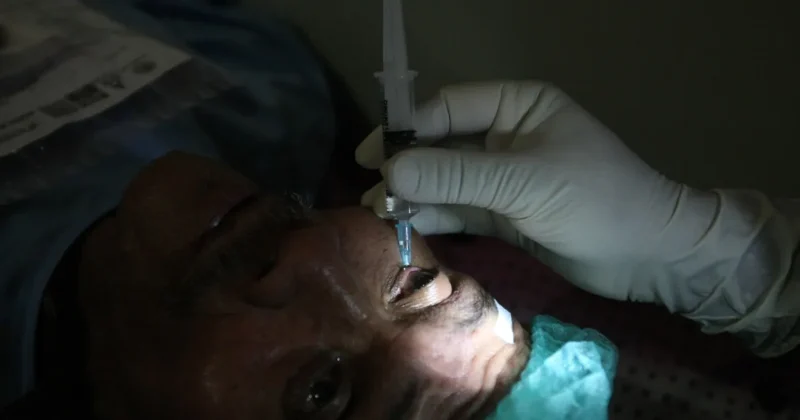
Cataracts are a common eye condition that causes clouding of the eye’s natural lens, resulting in blurred vision. The most common cause of cataracts is aging, as the eye’s lens becomes less flexible and less transparent over time. Other factors that can increase the risk of developing cataracts include prolonged exposure to sunlight, smoking, alcohol consumption. Certain medications (such as corticosteroids), diabetes, obesity, and genetics. Additionally, some medical conditions, such as previous eye surgery, inflammation of the eye, and trauma, can also contribute to the development of cataracts.
There are many types of cataracts:
Nuclear cataracts
Also called a sclerotic nuclear cataract, this is the kind doctors see most. Anyone who lives long enough usually ends up with one. They form in the center of the lens, known as the nucleus. As they get, your reading vision may get better. It’s called second sight, but it doesn’t last long.
Over time, the lens hardens and turns yellow or even brown. You have difficulty seeing small details, colors get less wealthy, and you see halos around bright objects at night.
Cortical cataracts
These take shape on the outside edge of your lens, called the cortex. It starts as white wedges, like triangles pointing toward your eye’s center. As they grow, they scatter light.
The main symptom is glare. You may find it hard to drive at night. They can also make your vision hazy like you’re looking through a fog. It may be hard to tell similar colors apart or to judge how far away an object is.
Since they can spell trouble for both near and distance vision, you typically remove them early on.
Posterior subcapsular cataracts
These form inside the back of your lens capsule, the part of your eye that surrounds the lens and holds it in place. They’re directly in the path of light as it passes through the lens.
They’re quicker to come on than other cataracts, and you may get symptoms within months. They affect your close-up vision and make it harder to see in bright light.
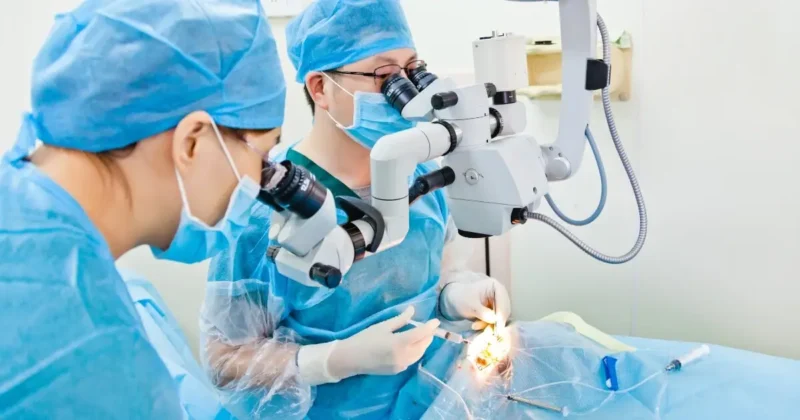
Anterior subcapsular cataracts
This type forms just inside the front of your lens capsule. An injury or swelling in your eye can lead to one. So, can a type of eczema be called atopic dermatitis?
Congenital cataracts
These are cataracts that you’re born with or that form when you’re a child. Some are linked to your genes, and others are due to an illness, like rubella, that your mother had during pregnancy.
When they’re small or outside the center of the lens, they may not need treatment. But when a baby’s born with one that blocks vision, a doctor must remove it because it can stop the eye from learning to see.
Traumatic cataracts
Many kinds of injuries can lead to a cataract. You can get one if a ball hits you in the eye or gets hurt from a burn, chemical, or splinter. The cataract could come on soon after the injury or not show up until years later.
Secondary cataracts
Doctors call it secondary when another condition or a medical treatment leads to a cataract. Diabetes, steroids like prednisone, and even cataract surgery are possible causes.
Radiation cataracts
You may know that protecting your skin from the sun’s ultraviolet (UV) radiation is essential. However, it can also take a toll on your eyes. You can sometimes get cataracts if you spend too much time in the sun without eye protection. Read More: Lung Cancer Treatments
People who work outdoors, like fishers and farmers, are more likely to get this cataract. To prevent it, wear sunglasses with 100% UVA and UVB protection.
Cataracts are also a possible side effect of radiation therapy for cancer.
Lamellar or zonular cataracts
This type typically shows up in younger children and both eyes. The genes that cause them are passed from parent to child. These cataracts form fine white dots in the middle of the lens and may take on a Y shape. Over time, the whole center of the lens may turn white.
Posterior polar cataracts
You get these on the back center of your lens, often due to genes passed down through your family.
Posterior polar cataracts often don’t cause symptoms, which is good because they’re hard to remove.
Anterior polar cataracts
They form on the front and center of your lens and look like tiny white dots. These cataracts typically don’t bother your vision.
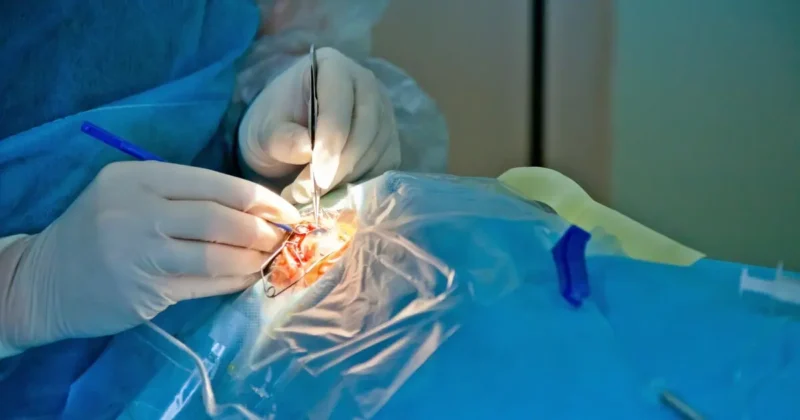
Post-vitrectomy cataracts
Vitrectomy is surgery to remove your vitreous, the clear gel at the center of your eye. The operation can help with specific eye problems but may lead to a cataract.
Christmas tree cataracts
Also called polychromatic cataracts, they form shiny, colored crystals in your lens. They’re most common in people who have a condition called myotonic dystrophy.
Brunescent cataracts
It turns tough and brown if you don’t treat a nuclear cataract. It is called brunescent.
It makes it hard to tell colors apart, especially blues and purples. Surgery to remove it is more complex, longer, and riskier than when you get treatment earlier on.
Diabetic snowflake cataracts
It is a rare cataract that can happen if you have diabetes. It worsens quickly and forms a gray-white pattern resembling a snowflake.
Symptoms of cataracts: Clouding of the lens
Symptoms vary depending on the severity of cataracts. However, common symptoms include blurred vision, difficulty seeing at night, and less vibrant colors. A dulling of colors, double vision, and frequent eyeglass prescription changes can also indicate a cataract. If any of these symptoms develop, getting a professional eye exam to determine if a cataract is causing them is vital.
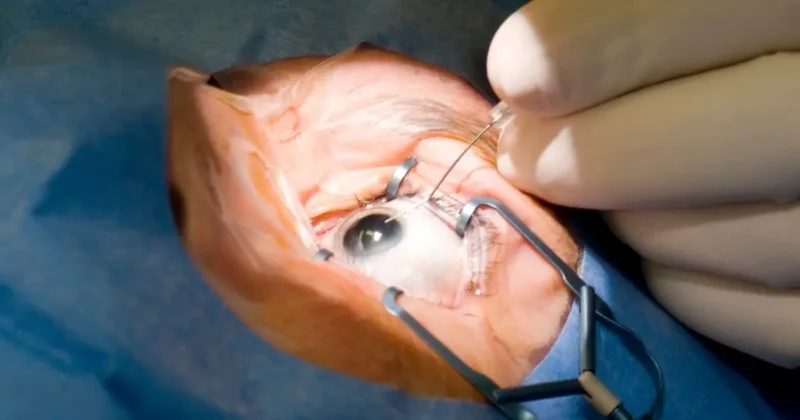
What Are the Symptoms of Cataracts?
Cataracts usually form slowly. You may not know you have them until they start to block light. Then, you might notice:
- Vision that’s cloudy, blurry, foggy, or filmy
- Nearsightedness (in older people)
- Changes in the way you see color
- Problems driving at night (glare from oncoming headlights, for example)
- Problems with glare during the day
- Double vision in the affected eye
- The trouble with eyeglasses or contact lenses not working well
Diagnosis and Treatment of Cataracts:
Diagnosing cataracts involves an in-depth discussion between the patient and their optometrist about symptoms, current medications or health conditions, and a comprehensive eye exam. Once a diagnosis is confirmed, the optometrist will work with the patient to determine the best treatment options, which may include wearing different glasses, changing contact lenses, or having surgery.
How Are Cataracts Diagnosed?
To find out if you have cataracts, your doctor will want to know all about your symptoms. They’ll look closely at your eyes and may do some tests, including:
Visual acuity test
It is a fancy way of saying “eye chart exam.” Your doctor will ask you to read letters from a distance to determine how sharp your vision is. First, you’ll try it with one eye and then the other. They may also do a glare test, where they shine a bright light in your eye and then ask you to read the letters.
Slit-lamp exam.
It uses a special microscope with a bright light that lets your doctor check different parts of your eye. They’ll look at your cornea, the transparent outer layer. They’ll also examine the iris -the colored part of your eye – and the lens that sits behind it. The lens bends light as it enters your eye so you can see things.
Retinal exam:
Your doctor puts drop in your eyes to widen your pupils. The dark spots in the middle control how much light gets in. It lets them get a good look at the retina — the tissue around the back of your eyes — and a better view of the cataract.
Treatment of cataracts Options: Surgery, medication, and glasses
Cataracts are a common eye condition affecting millions of people worldwide. They occur when the lens in the eye becomes cloudy, causing blurry or hazy vision. Somebody can be treats cataracts with surgery. Other treatment options are available, including medication and glasses.
Here are some details on each of these treatment options:
Surgery the treatment of cataracts:
The most common treatment of cataracts is surgery. The cloudy lens is removed and replaced with an artificial lens during the procedure. This surgery is typically done on an outpatient basis and only takes about 15 minutes. The recovery time is usually quick; most people can return to normal activities within a few days.
Medication for treatment of cataracts:
While medication cannot cure cataracts, it can help to manage some of the symptoms associated with the condition. For example, it may pr to help reduce inflammation and swelling in the eye. These drops can also help to relieve any discomfort or pain that may be associated with the cataract.
Glasses for treatment of cataracts:
In some cases, describe eye glasses may be prescribed to help improve vision crops affected by cataracts. However, this is typically a temporary solution and will not correct the underlying problem. May also prescribe glasses after cataract surgery to help improve vision as the eye heals.
Different Types of Surgery for treatment of Cataracts:
Cataract surgery is the most common and effective treatment for cataracts and can be performed under local or general anesthesia. There are a few different types of cataract surgery, which may include replacing the eye’s natural lens with an artificial lens, removing the cloudy lens from the back of the eye, or replacing both lenses with an artificial lens. Depending on the type of cataracts, lifestyle factors, age, and overall health condition, your optometrist can guide you in choosing the right surgery for your needs.
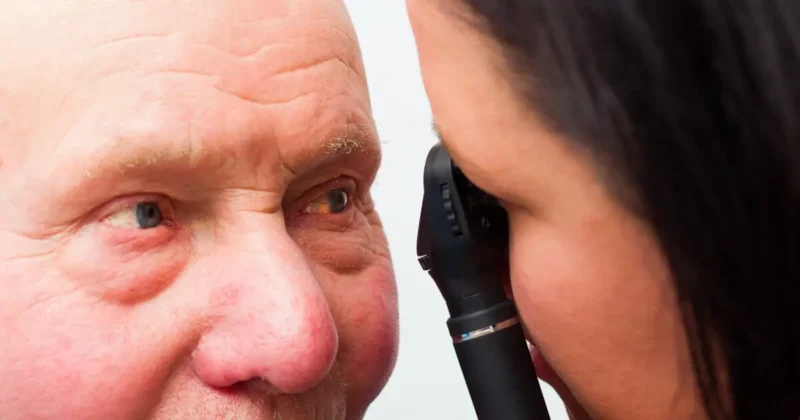
The Recovery Process After Treatment of Cataracts Surgery:
Preparing for the recovery process after cataract surgery is essential, as this will help you heal faster. After the procedure, your surgeon may give you protective eye shields or patching to protect your eyes and provide topical or oral antibiotics to prevent infection. Ice packs and over-the-counter pain medication can reduce discomfort and swelling, and gentle eye care, such as antibiotic ointment or lubricating drops, can help promote healing. Following your doctor’s instructions carefully during healing is essential to ensure a smooth recovery.
Conclusion:
In conclusion, we can treat cataracts with surgery, medication, and glasses. While surgery is the most common treatment option, your eye doctor can recommend the best treatment plan for your individual needs based on the severity of your cataracts and your overall health. It is essential to seek treatment for cataracts as they can lead to vision loss if left untreated.
Frequently asked questions about cataracts (FAQs)
What are cataracts?
Cataracts are a common eye condition that occurs when the clear lens in the eye becomes cloudy or opaque. It can cause blurry or cloudy vision and difficulty seeing in bright light.
What are the symptoms of cataracts?
Symptoms of cataracts can include cloudy or blurry vision, difficulty seeing at night, sensitivity to light, double vision in one eye, and the need for brighter light when reading or doing work.
Which cataract lens is best?
Many types of intraocular lenses (IOLs) can be used during cataract surgery, including mono-focal, multifocal, and Toric lenses for astigmatism correction; the doctor decides which is best for you.
How to cataract surgery is done?
Cataract surgery is usually done on an outpatient basis under local anesthesia. The cloudy lens is removed and replaced with an artificial lens through a small incision in the eye.
How are cataracts formed?
Cataracts form when the natural proteins in the eye lens break down and clump together, causing cloudiness and reduced vision. Factors such as aging, genetics, injury, and certain medical conditions can increase the risk of cataract development.
Which cataract surgery is best?
The best cataract surgery technique depends on the individual’s eye health and cataract severity. Phacoemulsification is the most common technique that uses ultrasound waves to break up and remove the cataract.
How cataracts are removed?
The most common cataract removal technique surgical procedure is called phacoemulsification, which uses ultrasound waves to break up and remove the cataract through a small incision in the eye.
When cataract surgery is necessary?
Cataract surgery is necessary when cataracts affect daily activities, such as driving or reading. Surgery may be recommended if cataracts are causing significant vision loss or other problems that cannot be corrected with glasses or contact lenses.
How much cataract surgery cost in India?
The cost of cataract surgery in India can vary depending on several factors, such as the location, type of surgery and lens used, and hospital/clinic charges. The average cost ranges from Rs. 20,000 to Rs. 60,000 per eye.
How cataract occurs?
Cataracts occur when the eye’s clear natural lens becomes cloudy due to the breakdown and clumping of proteins in the lens. This cloudiness causes reduced vision and can develop due to aging, genetics, injury, and medical conditions like diabetes.
Source: Google, Wikipedia, and WHO
==========
Thanks for reading this article. If you have any information related to this article and blog, you can comment or visit the contact us page.
You can also visit the Competitive Exams-related Blog: Learn For Exam
==========

